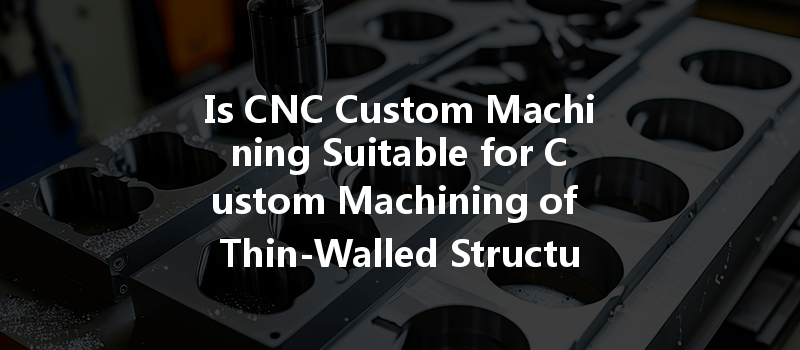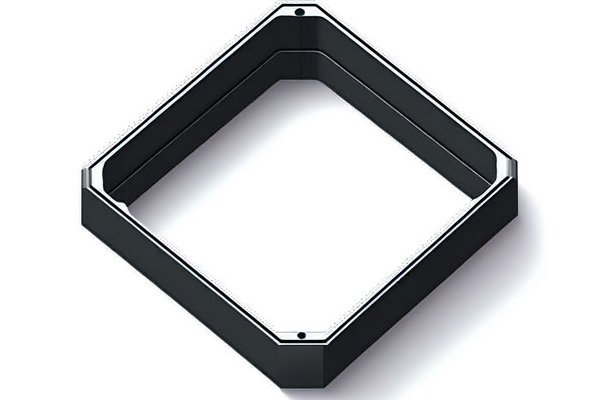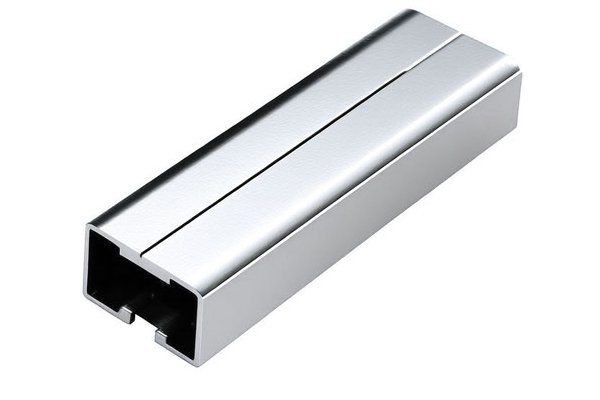Did you know that the aerospace industry relies significantly on thin-walled structural components, which account for nearly 30% of the total weight in various aircraft? The emphasis on weight reduction while maintaining structural integrity makes the need for precise machining more critical than ever. As industries continuously push the boundaries of material science and engineering, the demand for innovative manufacturing solutions—like CNC (Computer Numerical Control) custom machining—has surged.
This blog explores whether CNC custom machining is indeed suitable for the production of thin-walled structural parts. We will delve into the capabilities, advantages, challenges, and solutions for successfully machining these specific components, providing you with everything you need to know to make informed decisions regarding your manufacturing processes.
Understanding CNC Custom Machining
CNC custom machining utilizes computer-controlled machinery to automate the manufacturing process. This technology allows for high precision, repeatability, and versatility. CNC machines can operate on various materials, ranging from metals to plastics, wood, and composites, making them an integral part of modern manufacturing, especially when producing complex geometries and intricate designs.
Common Applications of CNC Custom Machining
The application of CNC custom machining for thin-walled structural parts is prevalent in many industries, such as:
CNC Custom Machining for Thin-Walled Parts: Advantages
Precision and Consistency
CNC machines eliminate human error and ensure high precision. This allows for the consistent production of intricate designs with tight tolerances, which is essential when working with thin-walled structures where even a slight deviation can lead to performance issues.
Versatility in Materials
CNC custom machining is capable of handling a diverse array of materials from aluminum and titanium to plastic and composites. This versatility makes it suitable for various industries that demand specific material properties.
Complex Geometries
In many cases, thin-walled parts possess complex shapes that traditional machining methods may struggle to produce accurately. CNC machining enables the production of intricate designs through 3D modeling and tailored tool paths.
Automated Processes
CNC machining allows for automation of the manufacturing process, reducing the time and labor involved in production. With the ability to run jobs continuously, manufacturers can streamline their operations and improve efficiency.
Challenges in Machining Thin-Walled Structural Parts
While CNC custom machining offers numerous benefits, it is essential to acknowledge the unique challenges associated with machining thin-walled parts.
Tooling and Setup
The setup process can require specialized tooling to ensure that the machining does not cause deformation or damage to the thin walls. Using incorrect tools can lead to defects in the final product.
Chip Removal
Thin-walled structures are prone to issues such as burr formation and chip accumulation, which can affect the quality of the final part. Effective chip removal strategies must be implemented to avoid rework and ensure quality.
Vibration and Stability
Thin-walled parts are more vulnerable to vibrations during machining, which may lead to surface defects. Maintaining stability is crucial to mitigate this risk.
Material Defects
Defects in the raw material can also propagate during machining, making quality control essential. Strategies must be in place to assess the integrity of materials before and after processing.
Cost Implications
Custom machining projects can come with higher costs due to the need for specialized equipment, tools, and labor for setup. Proper cost assessment is vital to prevent budget overruns.
Best Practices for CNC Custom Machining of Thin-Walled Parts
Now that we’ve addressed the advantages and challenges associated with CNC custom machining, we can explore effective solutions and best practices for optimizing the machining process.
Material Selection
Choosing the right material for thin-walled structures is imperative. Common materials include:

Be sure to evaluate the mechanical properties, machinability, and end-use requirements before making a selection.
Tooling Considerations
For thin-walled components, selecting suitable tools is crucial. Consider the following:
Machining Parameters Optimization
Optimizing machining parameters can significantly affect the performance and quality of thin-walled parts. Key parameters to consider include:
Fixturing and Setup
Proper fixturing is necessary to stabilize parts during machining. Common strategies include:
Quality Control Measures
It’s crucial to implement quality control measures throughout the machining process:
Post-Machining Processes
Consider implementing post-machining processes to enhance strength or durability:
In conclusion, CNC custom machining is highly suitable for producing thin-walled structural parts, offering distinct advantages while addressing various challenges. By optimizing material selection, tooling, machining processes, and maintaining strict quality control, manufacturers can successfully fabricate these critical components efficiently and accurately.
As industries continue to advance and demands for lightweight, high-performance parts grow, tapping into the capabilities of CNC custom machining will be essential. The information provided in this blog not only highlights why CNC machining is a solution worth considering but also serves as a guide for best practices that lead to successful production outcomes.
This blog encourages readers to think critically about their machining processes and consider how the information discussed can positively impact their operations in the evolving landscape of manufacturing. Whether you are a seasoned engineer or a newcomer to the world of CNC machining, embracing these principles will ensure that you remain competitive and capable in this dynamic field. Remember, success in CNC machining lies in knowledge and application—making it crucial to stay informed and adaptable.






